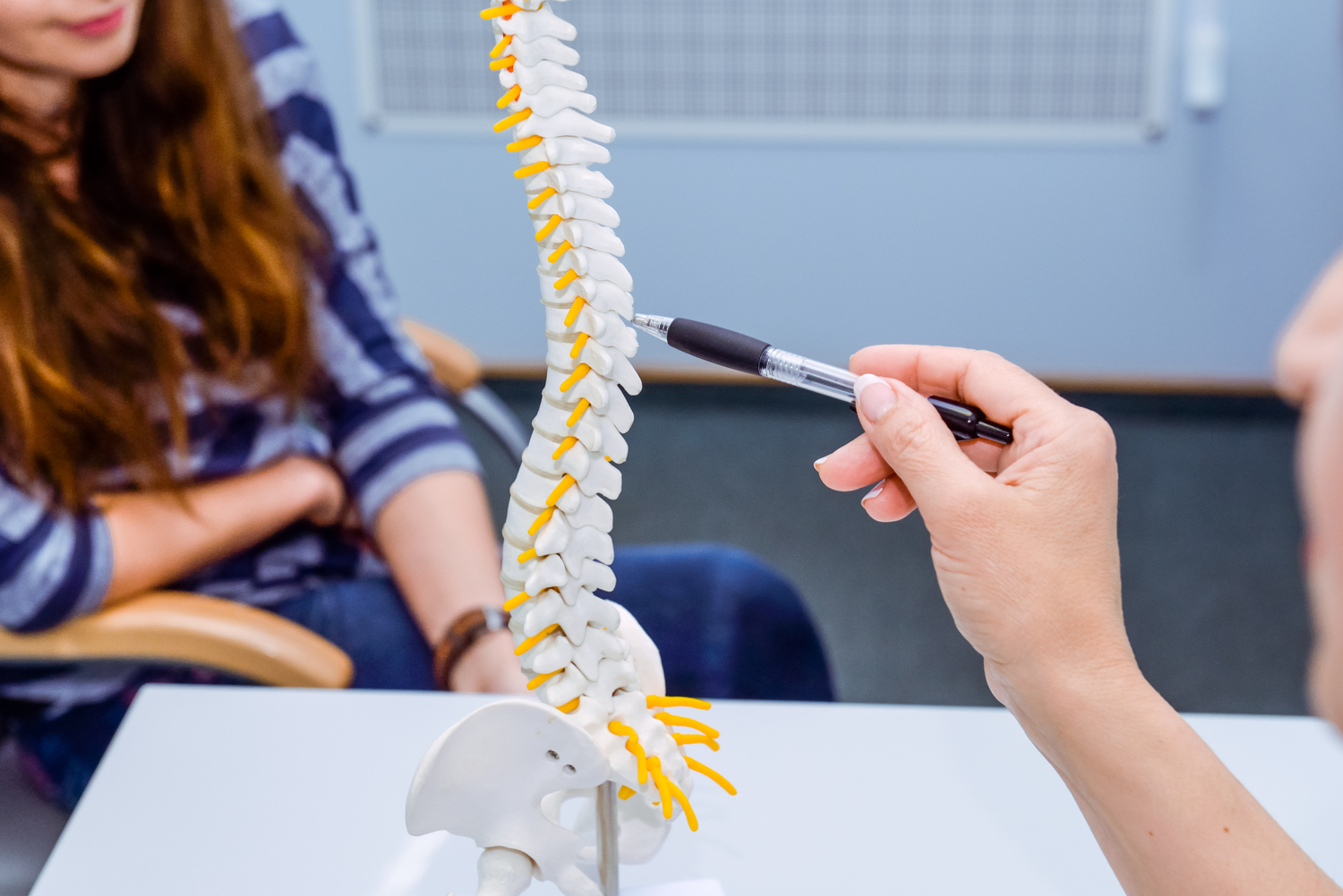Essential Facts About Sinusitis You Should Know
This article provides comprehensive insights into sinusitis, including types, symptoms, diagnosis, treatment options, and preventive tips. It emphasizes the importance of professional medical care for effective management and potential complications of untreated sinus infections.

Understanding Sinusitis: Key Insights
Sinus infections are widespread and affect individuals worldwide. They are classified as either acute or chronic, with severe cases requiring prompt medical attention.
The sinuses are four air-filled cavities situated between the nostrils and nasal passages. When the lining tissues swell, it results in sinusitis. Normally filled with air, blocked or fluid-filled sinuses can cause discomfort.
Types of Sinusitis
Acute Sinusitis — Occurs fewer than three times annually, lasting up to eight weeks.
Each episode typically lasts around ten days. Treatment often involves medications that counteract inflammation of the sinus linings and surrounding skull bones.
Acute sinus infections are usually viral, triggered by upper respiratory infections or allergies. Viral damage damages the sinus lining, causing inflammation and nasal congestion, which impairs bacteria removal. Bacteria then multiply, infecting the sinuses.
Chronic Sinusitis — Happens more than four times a year, lasting over 20 days, or persists beyond eight weeks annually. Fungi, bacteria, allergens, pollutants, and immune disorders can cause chronic sinus issues, especially in immunocompromised individuals. Certain immune-boosting medications may also increase risk.
Common Symptoms
For acute sinusitis, typical signs include:
Facial pain or pressure
Nasal blockage
Runny nose
Cough and congestion
Fever
Bad breath
Fatigue
Tooth discomfort
If you experience two or more of these symptoms or notice green/yellow nasal discharge, it may indicate sinus infection.
Chronic sinusitis symptoms include:
Facial fullness or congestion
Nasal blockage with pus
Fever
Discolored postnasal drip
Additional symptoms may involve headaches, foul breath, and dental pain.
Diagnosis Methods
Doctors diagnose sinusitis based on medical history, symptom evaluation, physical exams, and imaging tests like CT scans or ultrasounds. Accurate diagnosis is essential as other conditions can mimic sinus issues.
Available Treatments
Medical Approaches — Mild infections are treated with decongestants and saline rinses. Overuse of decongestants should be avoided. Antibiotics are prescribed for bacterial infections, usually resolving symptoms within two weeks. Chronic cases benefit from humidified air, steam inhalation, and sometimes corticosteroids. Allergy sufferers may receive antihistamines, while fungal infections require antifungal medication. Immune deficiency cases might involve immunoglobulin therapy.
Home Remedies — Applying warm compresses can alleviate sinus pain. Saline nasal drops and OTC decongestants provide relief. Proper hydration and steam inhalation are also helpful.
Prevention Strategies
While preventing sinusitis entirely isn't guaranteed, steps like avoiding smoking, practicing good hand hygiene during cold seasons, and steering clear of known allergens can reduce risk.
Consequences of Untreated Sinusitis
If neglected, sinus infections can lead to complications such as meningitis or bone infections, though these are rare. Seeking medical advice ensures proper treatment and reduces the chance of future attacks. Self-medicating might alleviate discomfort temporarily but won't address the root cause.










